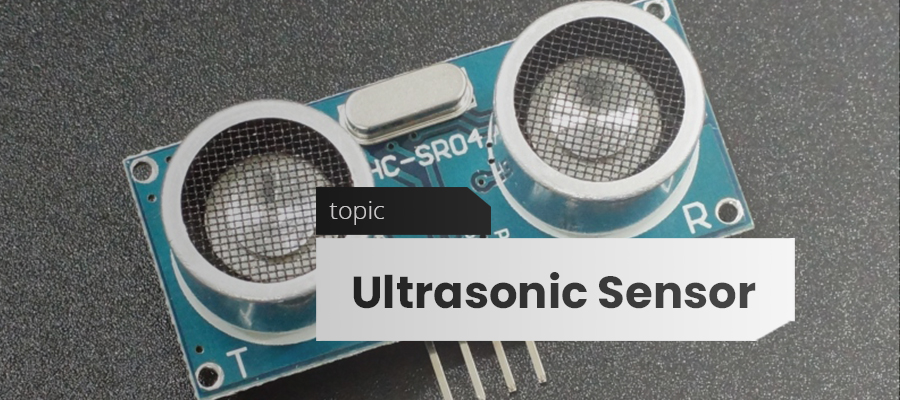Ultrasonic transducer or Ultrasonic sensors are a type of acoustic sensor divided into three broad categories: transmitters, receivers and transceivers. Transmitters convert electrical signals into ultrasound, receivers convert ultrasound into electrical signals, and transceivers can both transmit and receive ultrasound.
In a similar way to radar and sonar, ultrasonic transducers are used in systems which evaluate targets by interpreting the reflected signals. For example, by measuring the time between sending a signal and receiving an echo the distance of an object can be calculated. Passive ultrasonic sensors are basically microphones that detect ultrasonic noise that is present under certain conditions.
Ultrasonic transducers convert AC into ultrasound, as well as the reverse. Ultrasonics, typically refers to piezoelectric transducers or capacitive transducers. Piezoelectric crystals change size and shape when a voltage is applied; AC voltage makes them oscillate at the same frequency and produce ultrasonic sound. Capacitive transducers use electrostatic fields between a conductive diaphragm and a backing plate.
The beam pattern of a transducer can be determined by the active transducer area and shape, the ultrasound wavelength, and the sound velocity of the propagation medium. The diagrams show the sound fields of an unfocused and a focusing ultrasonic transducer in water, plainly at differing energy levels.
Since piezoelectric materials generate a voltage when force is applied to them, they can also work as ultrasonic detectors. Some systems use separate transmitters and receivers, while others combine both functions into a single piezoelectric transceiver.
Ultrasound transmitters can also use non-piezoelectric principles. such as magnetostriction. Materials with this property change size slightly when exposed to a magnetic field, and make practical transducers.
A capacitor (“condenser”) microphone has a thin diaphragm that responds to ultrasound waves. Changes in the electric field between the diaphragm and a closely spaced backing plate convert sound signals to electric currents, which can be amplified.
The diaphragm (or membrane) principle is also used in the relatively new micro-machined ultrasonic transducers (MUTs). These devices are fabricated using silicon micro-machining technology (MEMS technology), which is particularly useful for the fabrication of transducer arrays. The vibration of the diaphragm may be measured or induced electronically using the capacitance between the diaphragm and a closely spaced backing plate (CMUT), or by adding a thin layer of piezo-electric material on diaphragm (PMUT). Alternatively, recent research showed that the vibration of the diaphragm may be measured by a tiny optical ring resonator integrated inside the diaphragm (OMUS).
Ultrasonic sensors can detect movement of targets and measure the distance to them in many automated factories and process plants. Sensors can have an on or off digital output for detecting the movement of objects, or an analog output proportional to distance. They can sense the edge of material as part of a web guiding system.
The above is a brief about Ultrasonic Transducer. Watch this space for more updates on the latest trends in Technology.
